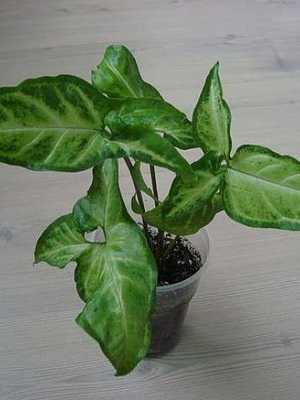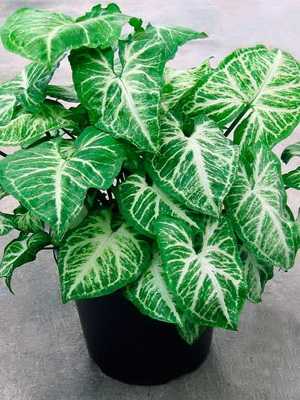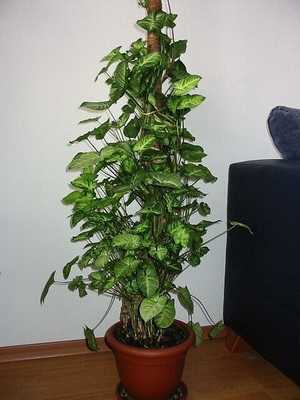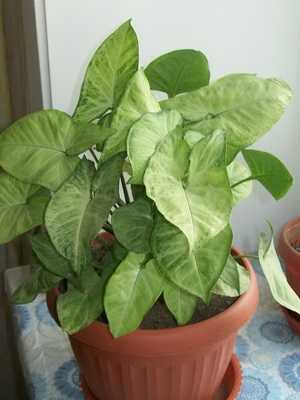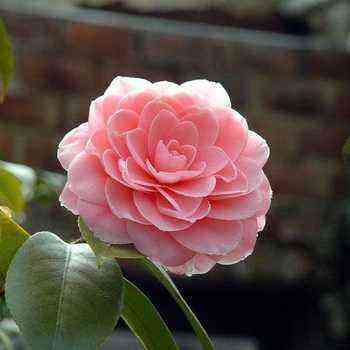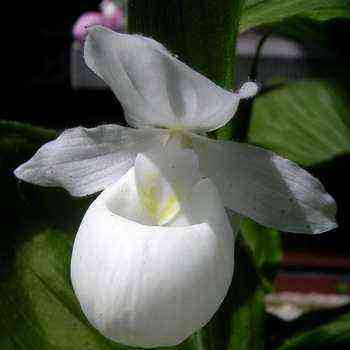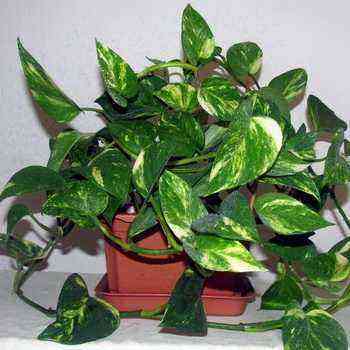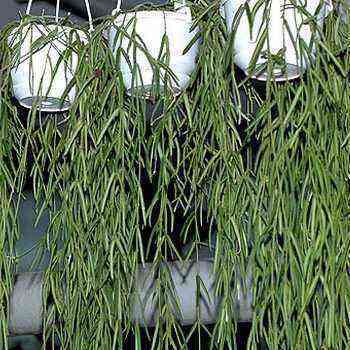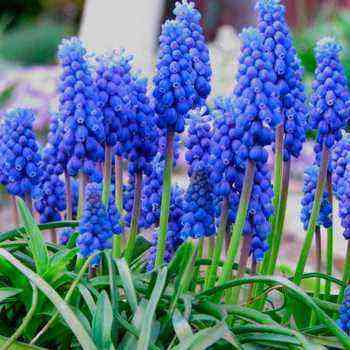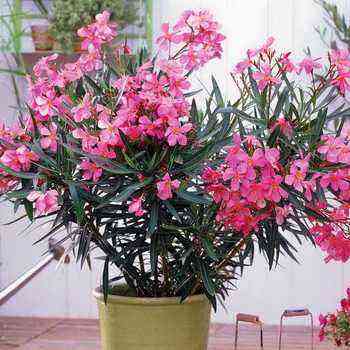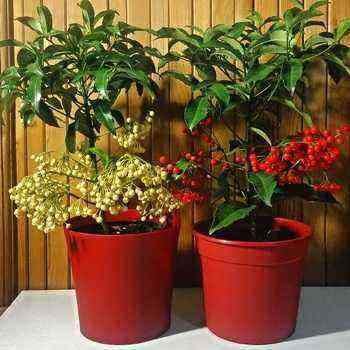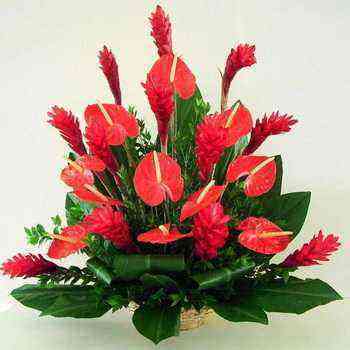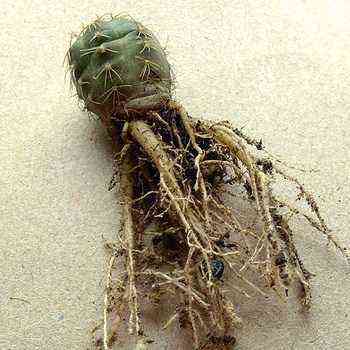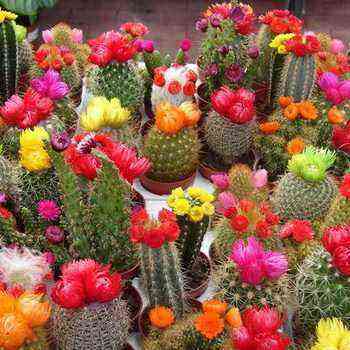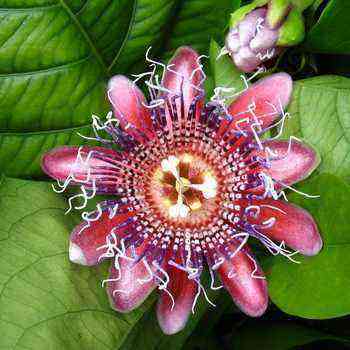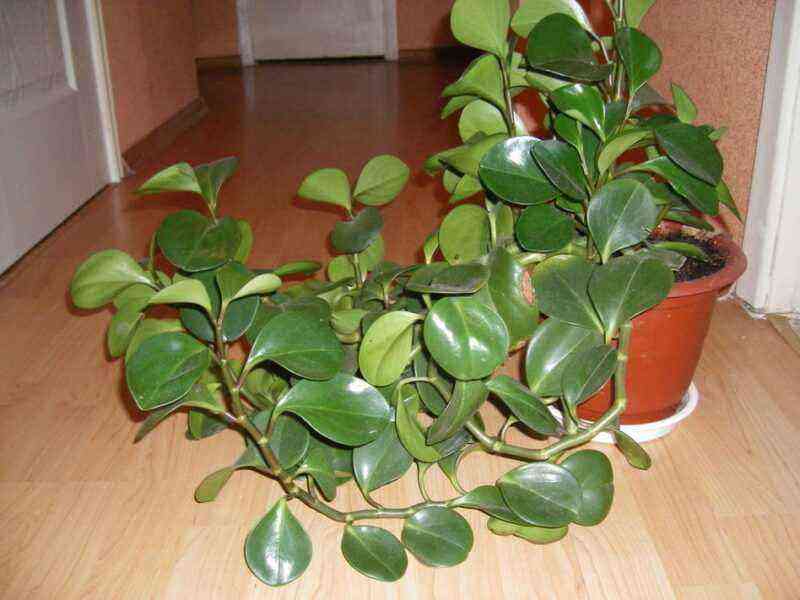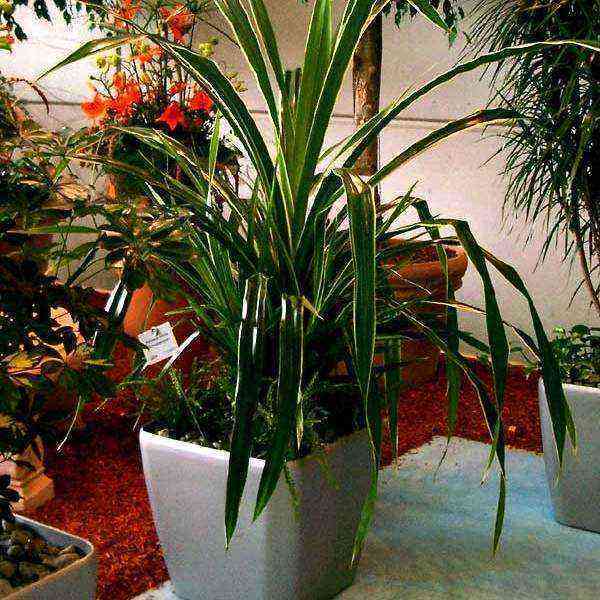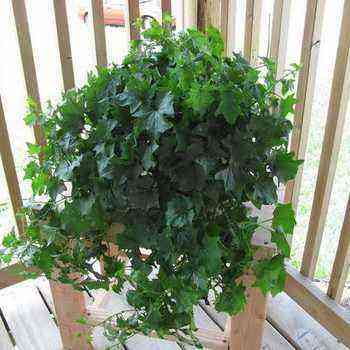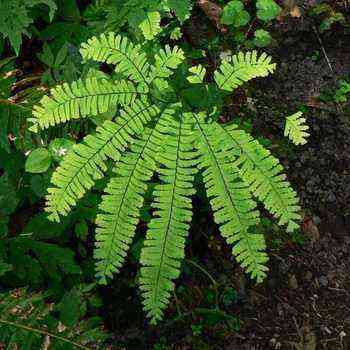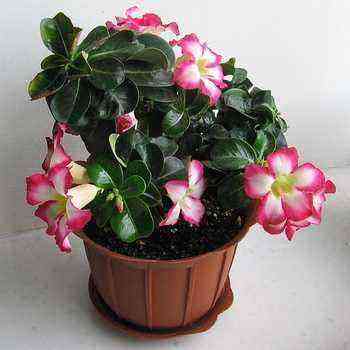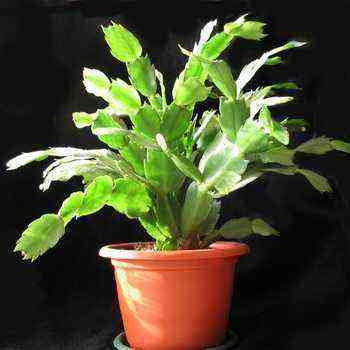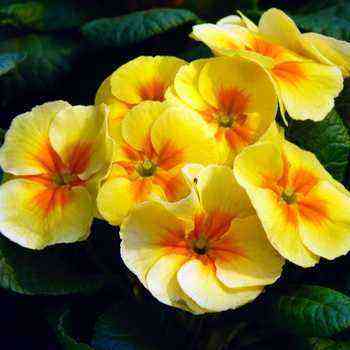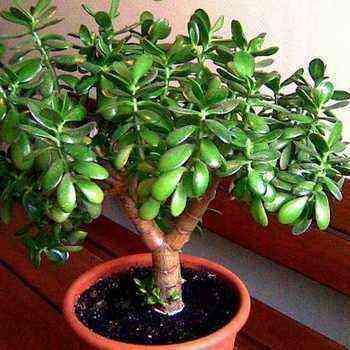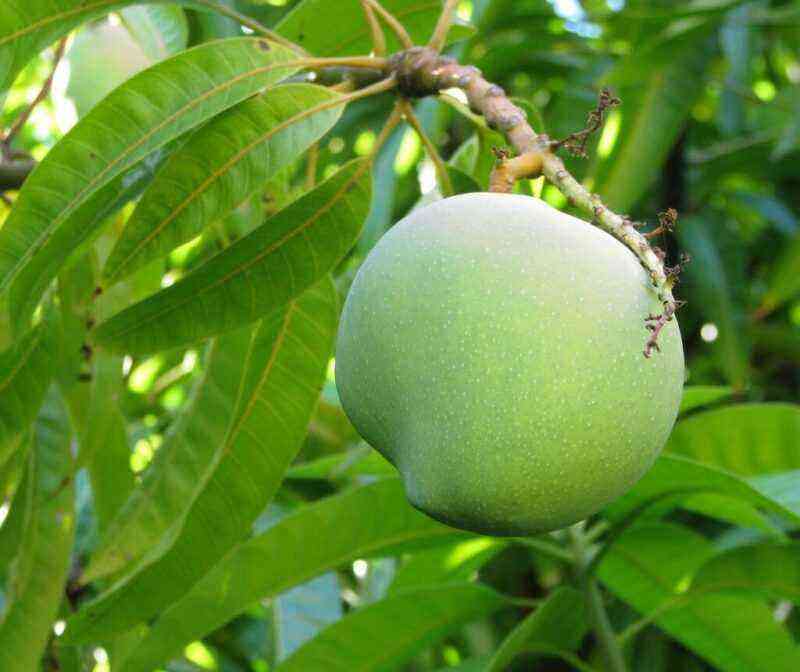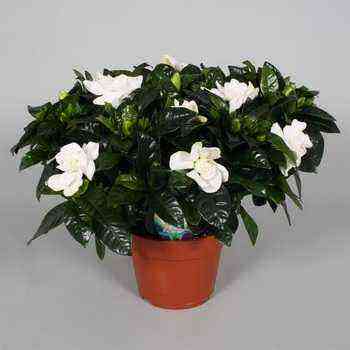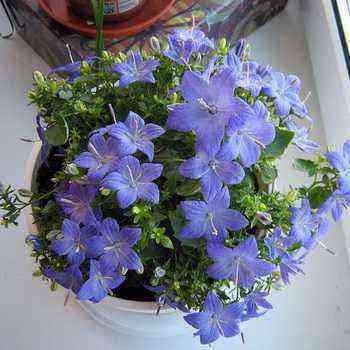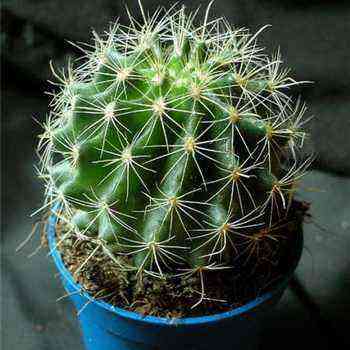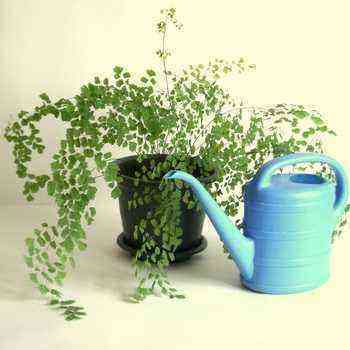
Syngonium (Syngonium) belongs to the Aroid family. Homeland – Central and South America.
The genus includes 33 species of evergreen herbaceous climbing or creeping plants that are widespread in the tropical rainforests of Central and South America. This wonderful deciduous plant presents with a mass of neat leaves, shaped like arrowheads. They are attractively colored with soft colors. Plants are unusual in that their leaves change with age. In young plants, the leaves are brighter in color. Over time, the stems are elongated, leaves with distinct lobes appear in the syngonium. Under ideal conditions, these compact, bushy plants develop into strong climbing specimens with multi-lobed leaves, roots hanging in the air and long stems that can be thrown up a pole or trellis.
What the syngonium looks like: description of species with photos and names
Syngonium is a herbaceous plant that grows like a liana in tropical forests, forming aerial roots. The leaves are shiny, arrow-shaped, with a marbled pattern. With age, the shape of the leaves changes significantly – they become lobed or deeply dissected.
As the plant grows, it transforms to such an extent that they speak of the existence of two types of syngonium. In a juvenile (young) plant, leaves of two types are heart-shaped or linear. They attach to the main stem with a strong, straight petiole. The color of the leaves of a young plant is bright, saturated. In an adult plant, the upper side of the leaf has three to seven segments. The lower leaves are triangular. In an adult plant, aerial roots are formed.
In indoor floriculture, the juvenile form of syngonium is widespread. It can be supported by pinching new shoots larger than 30 cm from time to time.
The most popular are the following varieties:
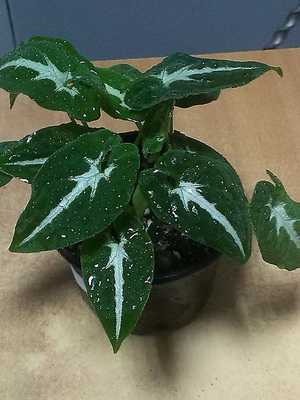
Syngonium Wendland (S. wendlandii)
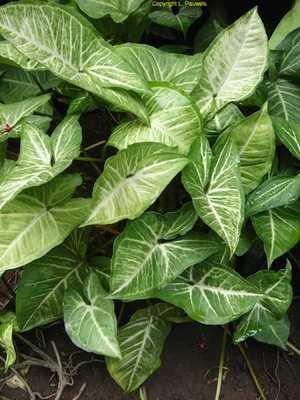
Syngonium disc-shaped (S. auritum)

Syngonium constricted (S. angustatum)
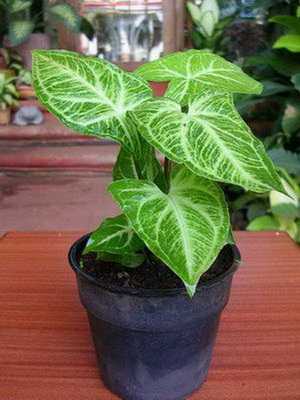
Syngonium leg-leaved (S. podophyllum).
Varieties of syngonium leg-leaved:
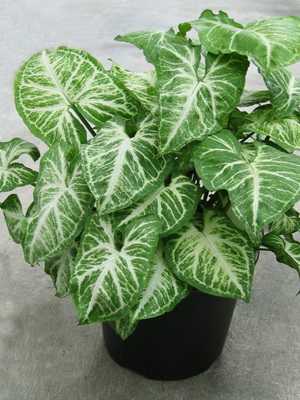
‘Andrea’ (‘Andrea’)

‘Emerald’ (‘Emerald’)
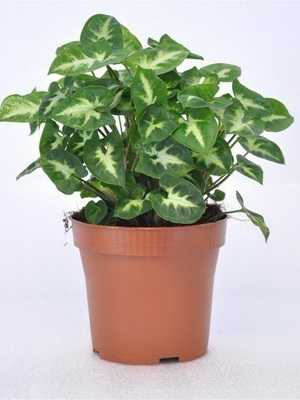
‘Pixia’ (‘Pixie’)

‘Spear Point’ (‘Spear Point7)

‘Tiffany’ (‘Tiffany7)
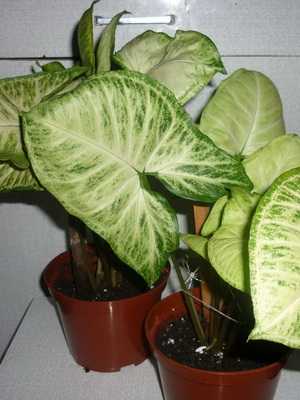
‘White Butterfly’ (‘White Batterfly’)
Syngonium leg-leaved – S. podophyllum.
The most common of the vines of this family. A very curious plant. Liana with light green shoots. When describing this type of syngonium, it is worth noting that it is very changeable. Young leaves 7-13 cm long, simple, cordate. The leaves of adult plants, sitting on long (up to 60 cm) petioles, are stoplikely divided into 3-11 segments, the middle segment is elliptical-ovoid. The leaves of the garden forms of the syngonium look like a bright mosaic: against the general green background, newly “repainted” veins, white and yellow parts of the segments stand out. It blooms very rarely in culture.
The most common form of the Green Gold syngronium houseplant is found on sale – with dark green veins on a light background, Imperial White is less common, although its leaves are more exotic in shape and, due to their almost white color, can favorably set off their bright relatives in the floral arrangement.
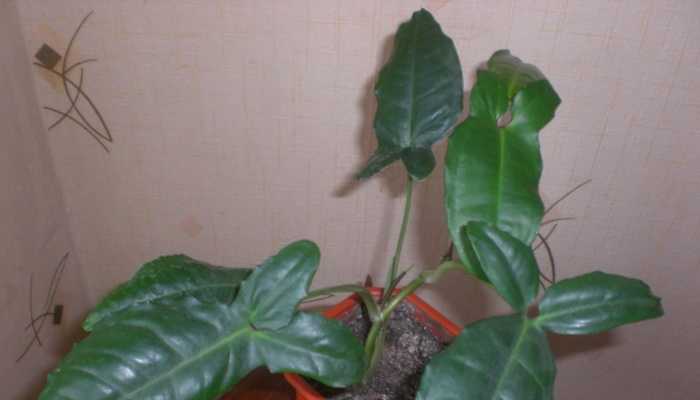
Syngonium auricular – S. Auritum.
Liana with dark green leaves. At a young age, they are solid, almost arrow-shaped; mature leaves with a 3-6-fold dissected plate and two ear-like small segments at the base.
As you can see in the photo, in the indoor flower syngonium of this species, the central segment is oblong-ovate or elliptical, about 20 cm long, up to 10 cm wide, the lateral ones are ear-shaped:
The petiole of the home flower syngonium of this species is shorter (about 30 cm). The plant easily forms numerous aerial roots in internodes.
In the nodes, one large and several small roots develop. Liana blooms extremely rarely in culture, the inflorescence is located in the leaf axil. The peduncle is about 10 cm high, the veil is dark green on the outside, light green on the inside with a red spot at the base.
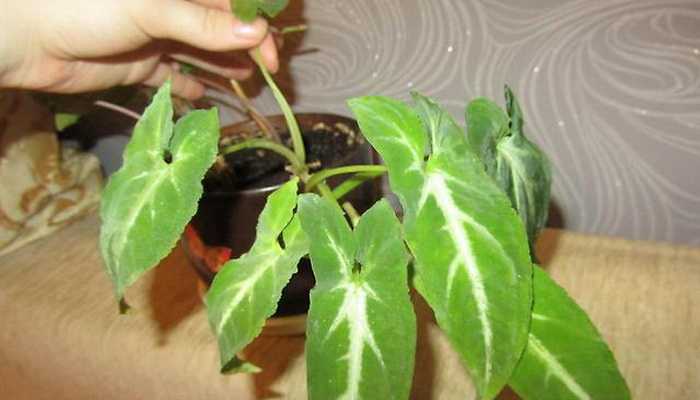
Syngonium Wendland – S. wendlandii
A large liana with beautiful dark green velvety three-segment leaves sitting on very long petioles. Does not bloom in culture.
Look at the photo of the species of syngonium, the name of which is given above:
How to care for indoor flower syngonium at home (with photo)
Syngoniums are the closest relatives of philodendrons, and their requirements for keeping conditions are similar. An adult syngonium forms aerial roots, so a tube with moss is an ideal support for it.
Plants are unpretentious to care for. They are grown in pots and pots, used in rooms and conservatories as ampelous or ground cover plants. It is ideal for vertical landscaping of terraces and balconies. Syngonium loves humid air, so when making a flower arrangement, group several plants together by placing them on a shallow pebble tray, in which the water will reach the bottom of the pot.
Accommodation. Syngonium is a light-loving plant, but it also withstands partial shade. Does not tolerate direct sunlight. Variegated forms require more light. It is better to place in semi-shady rooms with a temperature not lower than 16-18 ° С. In summer, it can be taken out into the fresh air, but it should be placed only in shaded places, as it is very afraid of direct sunlight. When caring for a plant, remember that syngonium does not tolerate sudden changes in temperature and drafts, so it is better to grow it in a terrarium or aquarium.
Humidity. Increased. The warmer, the more moisture syngoniums need. This can be achieved by spraying with lukewarm water at room temperature once a week.
Substrate: The substrate is prepared from leafy soil, humus, peat and sand (1: 1: 1: 1).
Transfer. The transplant is carried out as needed. In the event that the syngonium is grown as an ampelous plant, the shoots are greatly shortened. The best effect is achieved if two or three specimens grow in one pot.
Watering. When caring for the syngonium at home in spring and summer, abundant watering with water at room temperature is required. However, excessive accumulation of moisture can lead to the death of the plant. Waterlogging of the soil should be avoided; before the next watering, it is necessary to allow the soil to dry out. In winter, watering should be reduced, but the soil coma should not dry out.
Food. Top dressing with full mineral fertilizer throughout the growing season. In summer, every two weeks a general mineral fertilizer for indoor plants. In winter, if the plant is not resting, once a month.
When growing syngonium in winter, the temperature should be at least 16-18 ° C.
Breeding. The plant is propagated by apical cuttings with aerial roots. They are planted in a greenhouse and grown at high temperatures and high humidity. Cuttings root directly in the water.
Main peststhat infect this plant are aphids and scale insects. In addition, too dry air can cause yellowing and leaf fall.

